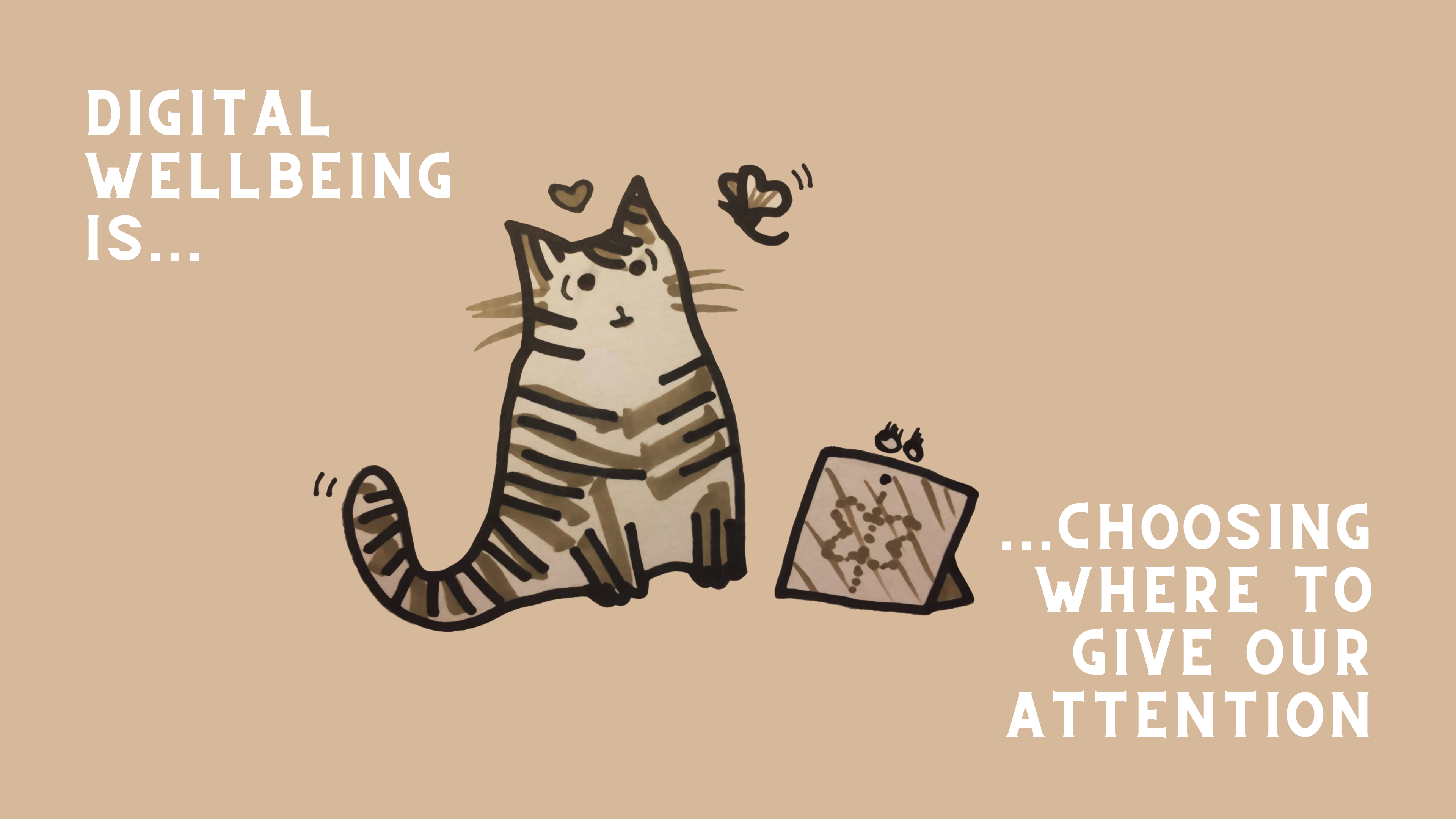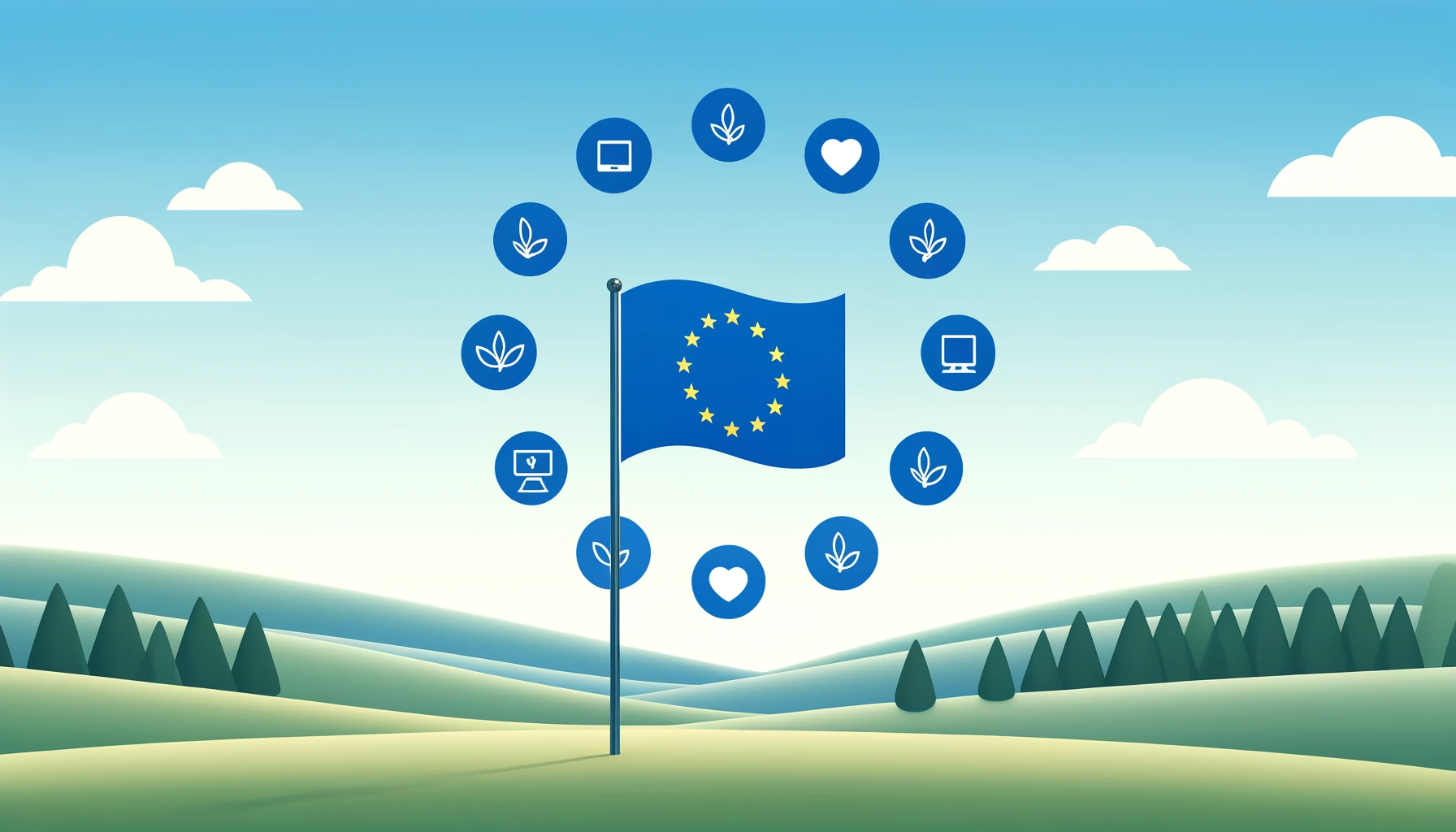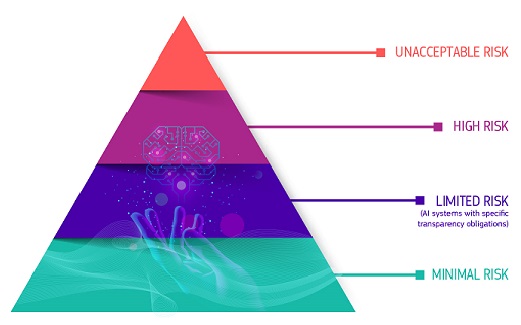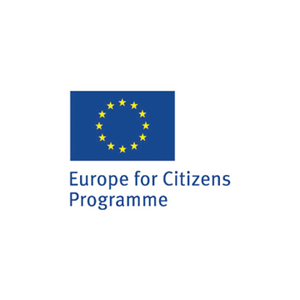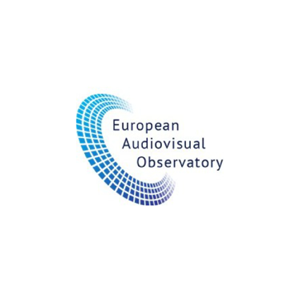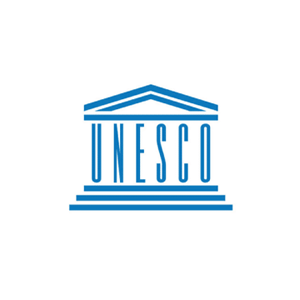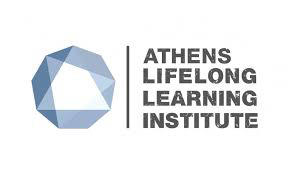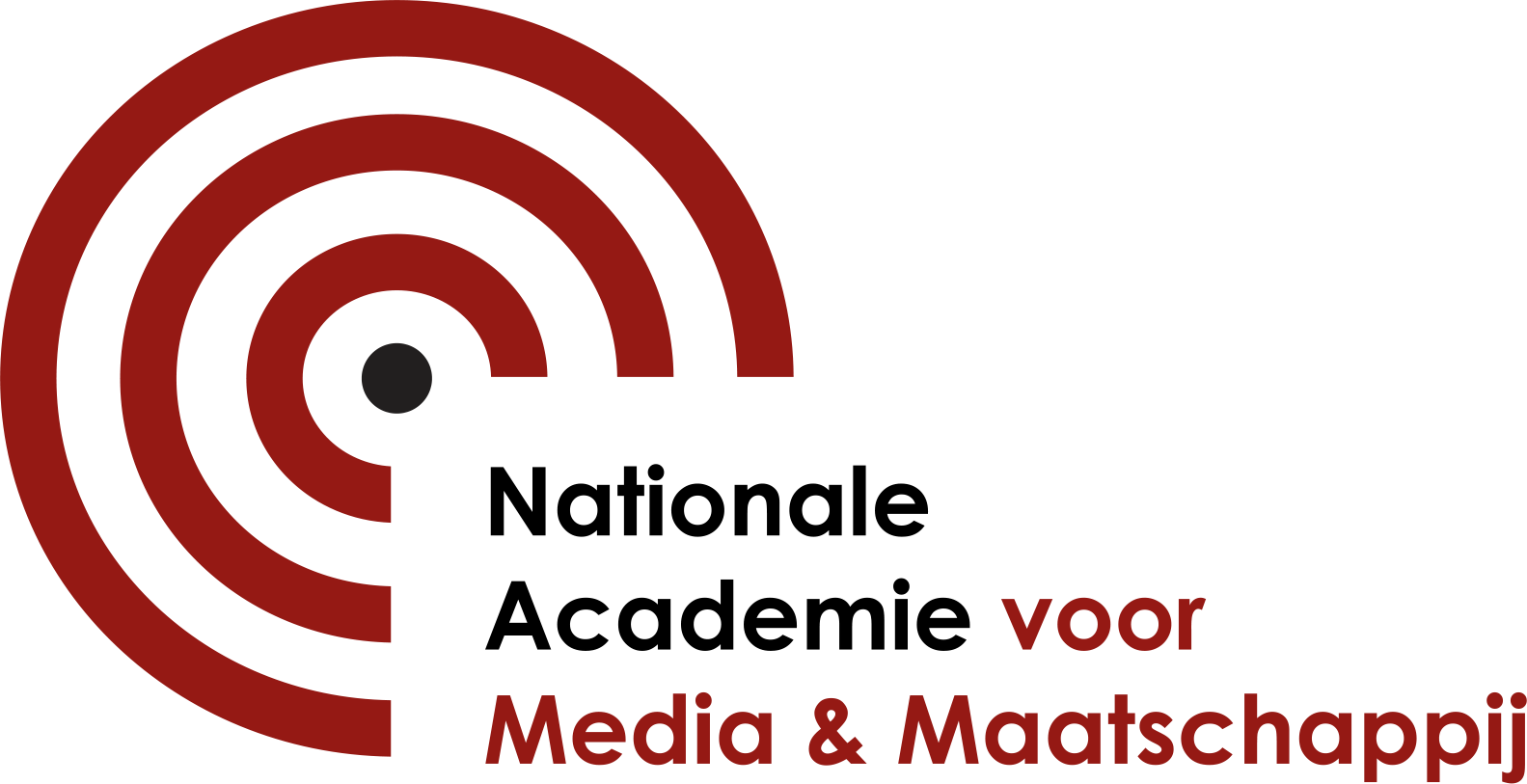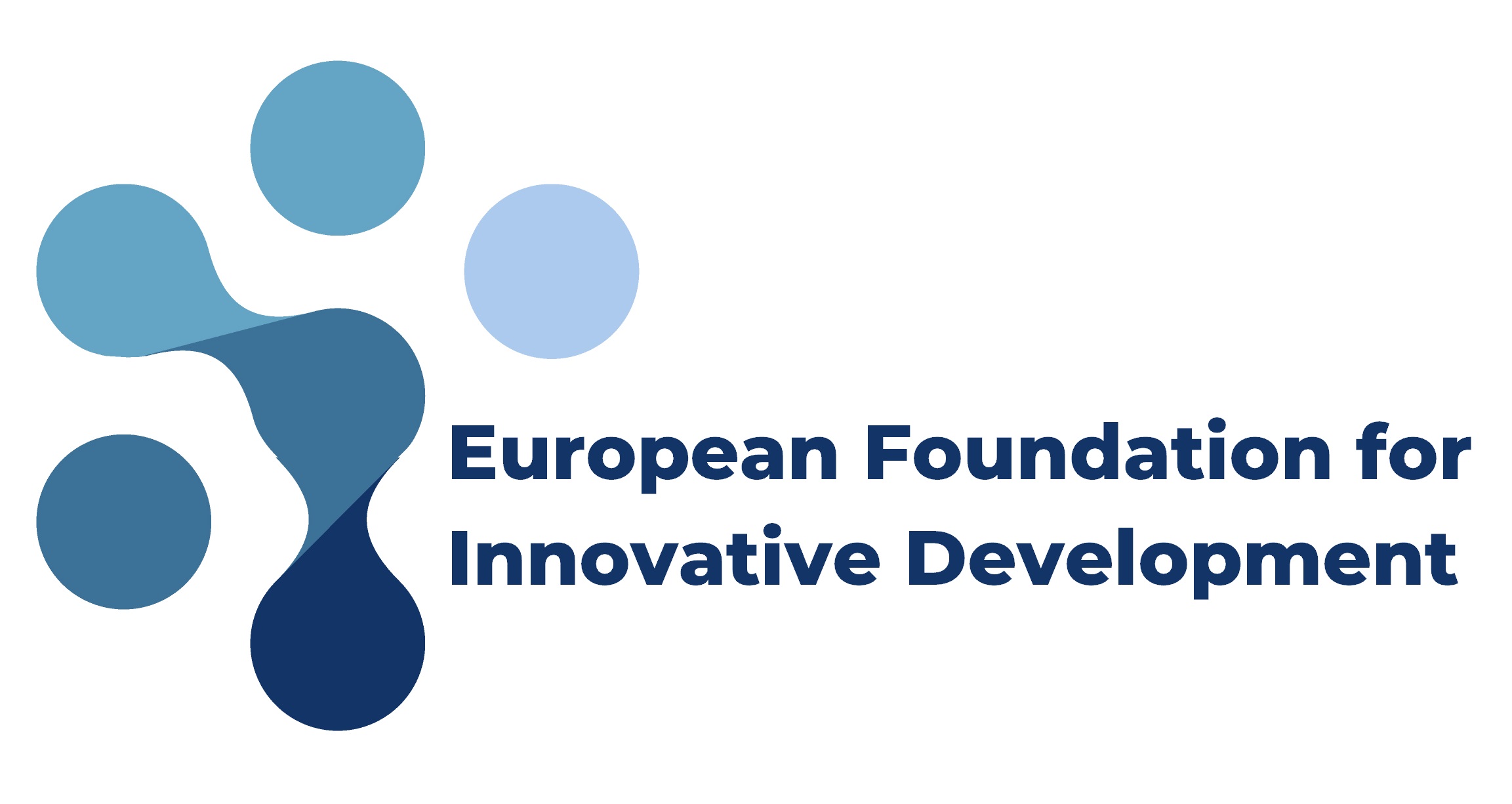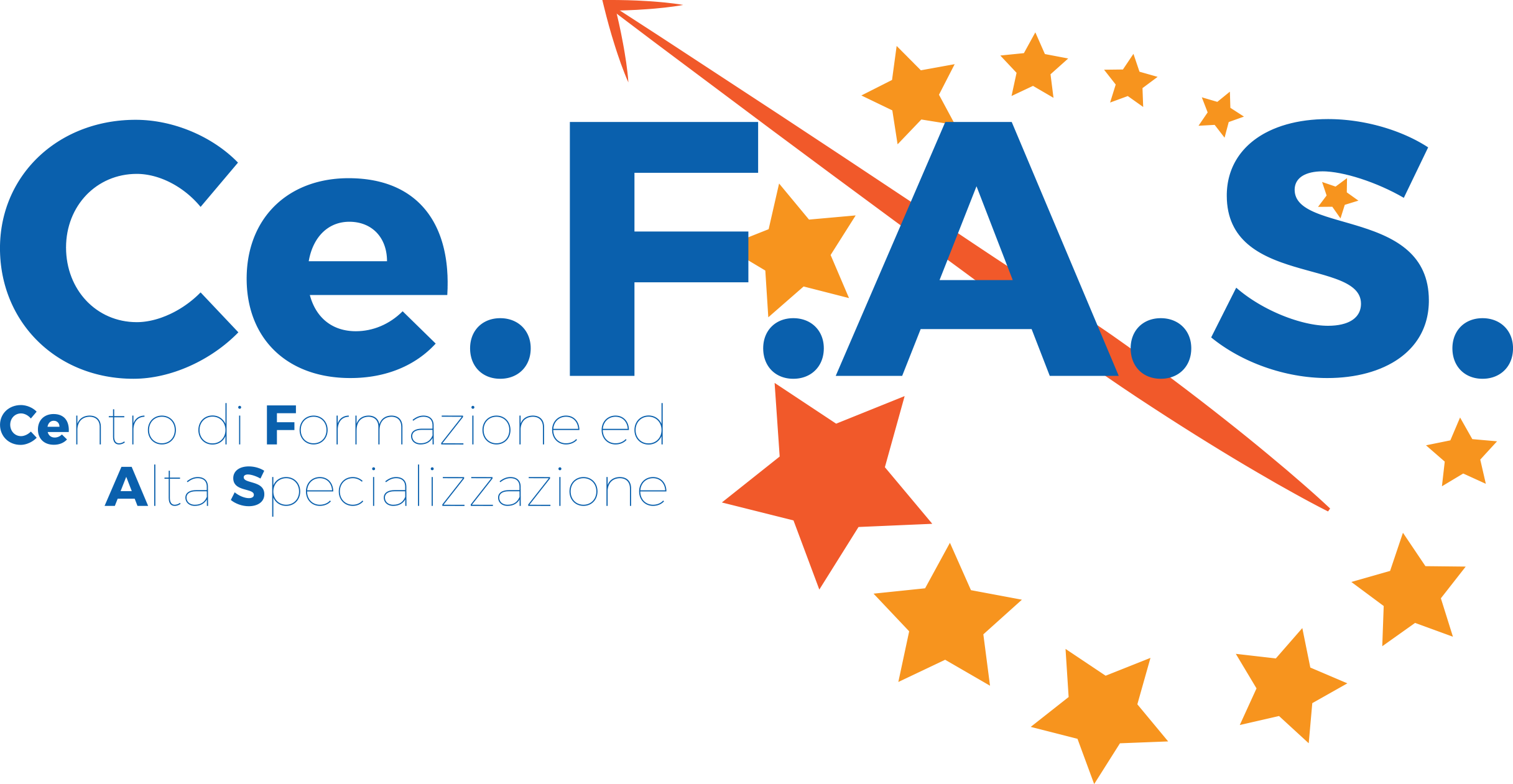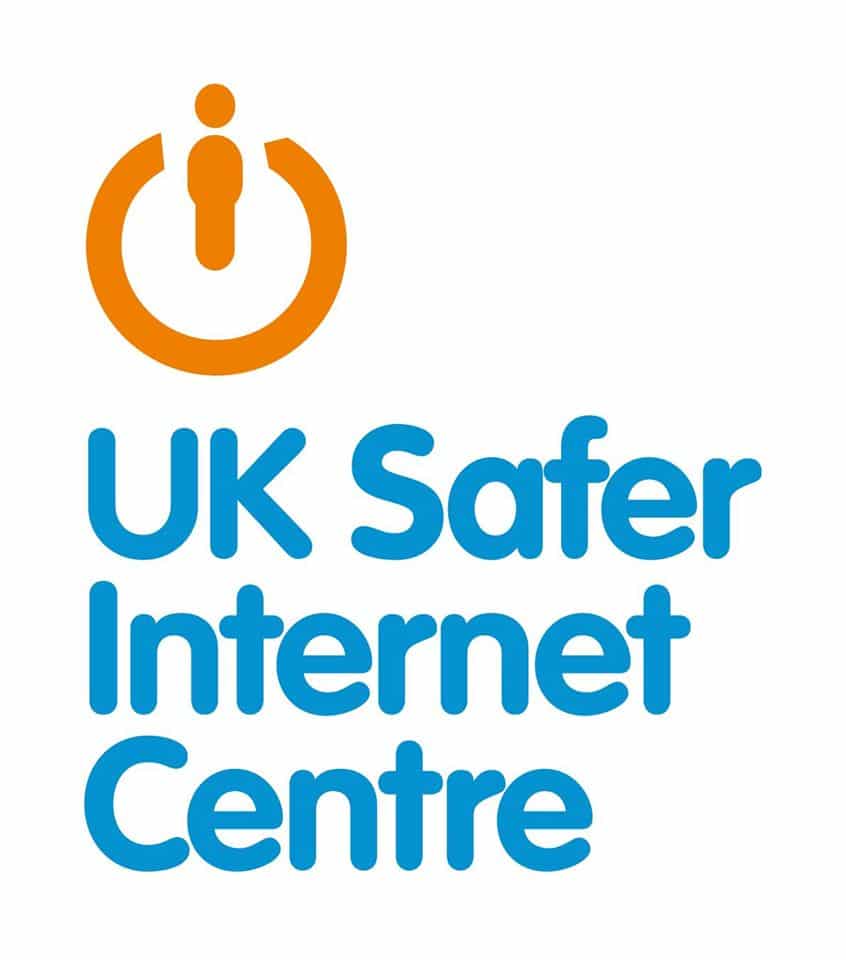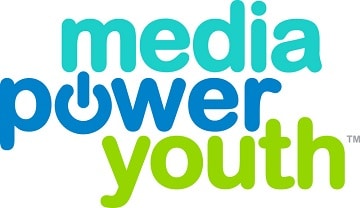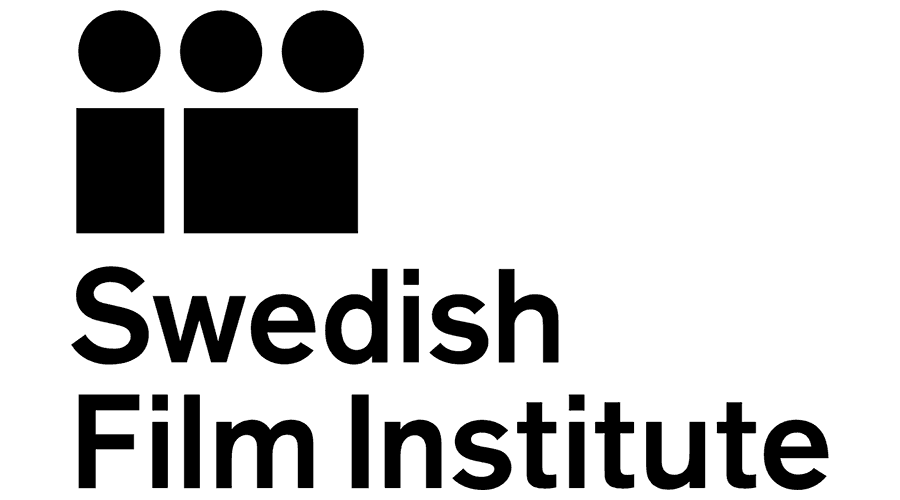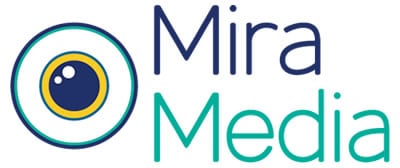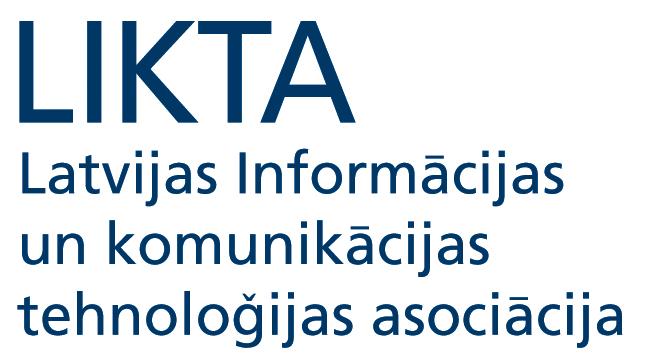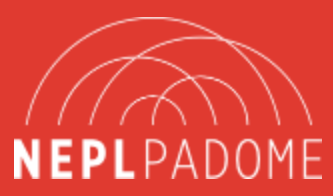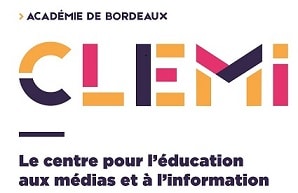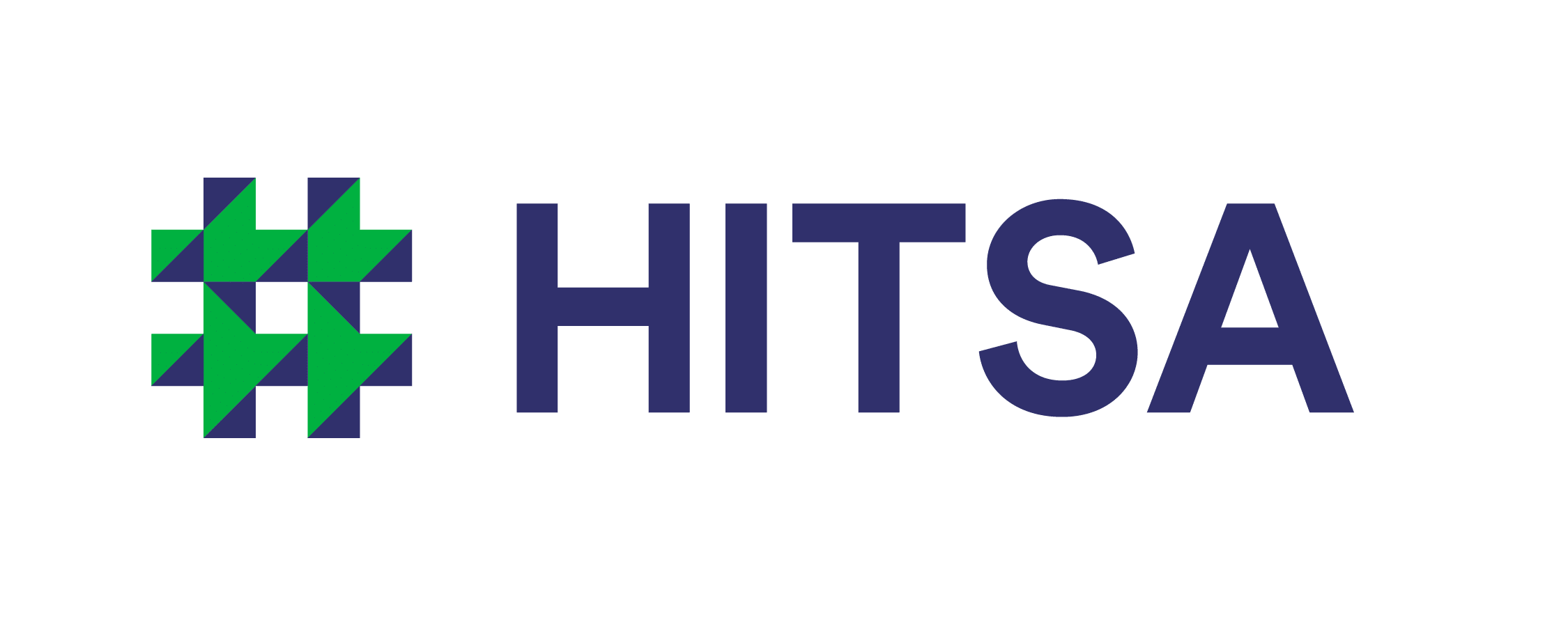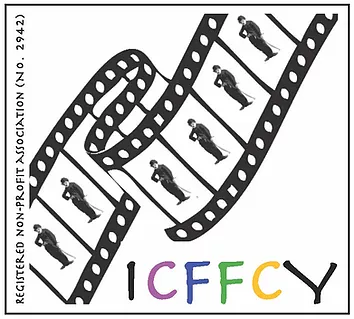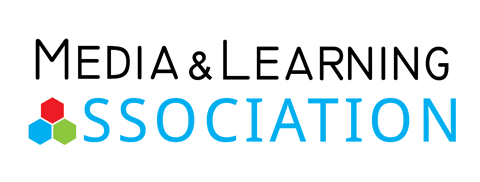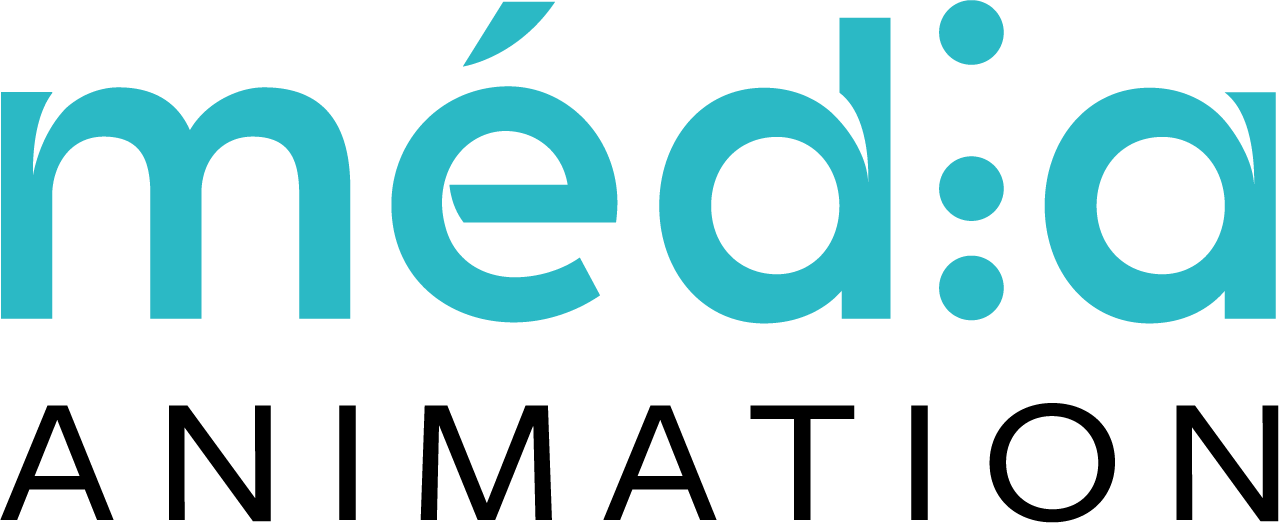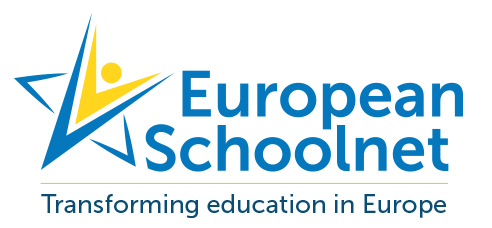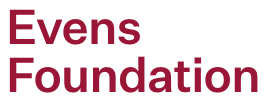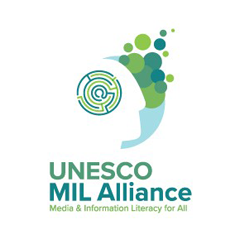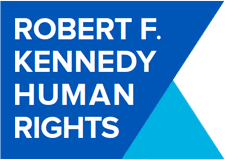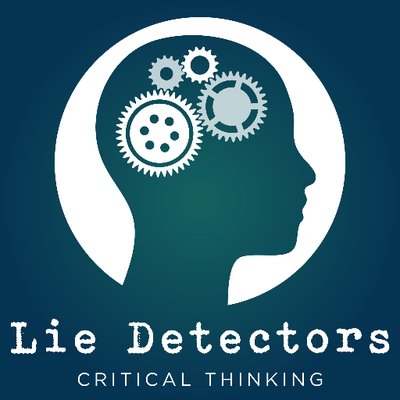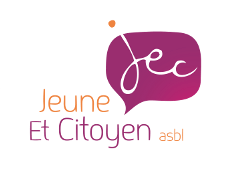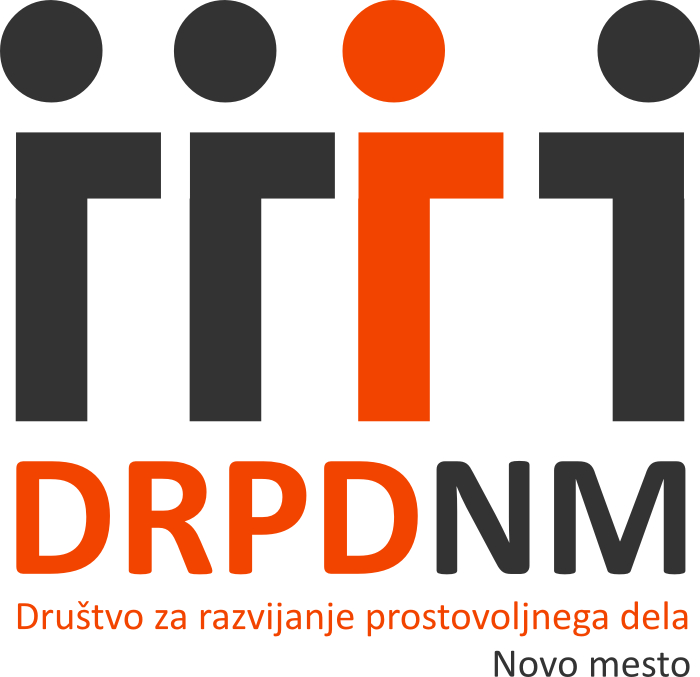
Last week, 59 people were killed and a further 489 were injured when Stephen Paddock opened fire on a crowd of men, women and children in Las Vegas with no apparent motive.
Politicians and community leaders have offered their thoughts and prayers, a few have suggested that this might be a good time to have a chat about gun control laws, and members of the public have queued around the block to donate blood, ferried victims to hospital, or given survivors a place to stay and a hot meal. In times of unimaginable crises, ordinary men and women rushed to help.
Others, one assumes the kind of people who loot abandoned homes in the wake of a hurricane and kick injured animals, have exploited the tragedy, and the helpers, for near unfathomable reasons.
Those helpers became unwitting collaborators in hoaxes connected to the shooting. I imagine many thought they were helping when they circulated photographs of supposed victims of the shooting – the photographs and identities of private individuals were disseminated across social media, alongside a number of minor celebrities, including Arsenal’s Mesut Özil and porn star Johnny Sins, all falsely identified as victims of the attack.
The motive behind these hoaxes seems to have been to grab attention and followers. In our attention economy, it was as real as any theft or fraud, though with a slightly grave-robbing edge to it.
In addition to this, far darker hoaxes than even this have emerged, the darkest of which is that the massacre was itself a hoax. 4Chan and Reddit users quickly tried to hijack the narrative to claim the shooting never actually happened. This theory seems to have sprung from, and been spread by, pro-gun white men, who could not conceive that an event where a pro-gun white man could pose the greatest threat to Americans since 9/11.
This “false-flag” narrative was perpetuated by individuals whose cognitive dissonance compelled some serious mental acrobatics. You can see how it happened – if you firmly believe that white people are good and brown people are bad, and a white person does something bad, you’re going to have to explain that away somehow, especially when it is apparently motiveless. The easiest way, it seems is to simply try very, very hard to believe that it did not happen at all.
Others with a similar mindset approached the conundrum with a little more nuance. For instance, noted cable news maniac Alex Jones, formerly-funny-now-a-bit-unhinged author Scott Adams, as well as a cohort of Republicans, Alt-Right and pro-gun advocates, perpetuated the hypothesis that Pollock was part of a Democrat plot to seize power by force, or an Antifa activist, associated with ISIS (not helped when they falsely claimed responsibility), anti-Trump, and acted with the help of Democrat relatives or somehow it was a woman’s (Pollock’s girlfriend) fault. There was a kind of sweaty desperation in the scramble to prove he was not like *them*.
The mainstream media, now aware that in the wake of such incidents, hoaxes and conspiracy theories are as inevitable as thoughts and prayers and gun-control debates, went to great lengths to debunk the hoaxes. Google, Facebook and YouTube, having initially unwittingly promoted hoax videos about the shooting – have been uncharacteristically responsible in terms of their diligence – ensuring that fake news and conspiracy theories have not been disseminated too far beyond their original spheres. Both sections of the media are improving in their responses and response times, though remain woefully slow.
Not everyone who watched, liked and shared the conspiracy theories did so with malicious intent. Some people are comforted by the idea that there is at least someone in control, even if they are malevolent. The idea that events are essentially random, and that the world is rudderless, is far more frightening than a vast conspiratorial network of deep state operatives, or indeed giant humanoid lizards, moving individuals and events like pieces on a chessboard.
In short, since many people don’t like what they don’t understand – and we don’t understand why Pollock shot more than 500 people at a concert – if they find an explanation, however baseless, that provides that understanding, they feel safer in it.
In addition, a recent study has shown that a part of the attraction to conspiracy theories is that, while it is a human need to belong and be part of a group, it is also a human need to be special and unique. Believing in conspiracy theories, like the ones that have emerged since the Las Vegas shooting, makes individuals feel special; they are in an exclusive club who “know” what is really happening.
Since convincing someone to abandon their conspiracy theory is a futile effort (it turns out that presenting conspiracy theorists with evidence counter to their view actually entrenches them further in it), prevention is more effective than cure. This study found that presenting someone with an anti-conspiracy argument before the conspiracy itself made participants less likely to believe it.
In the case of the Las Vegas shooting, the efforts of mainstream media to debunk the theories flying around so effectively and rapidly will have dented the impact of those theories to some extent. If social media, YouTube and Google can respond to fake news in their content more efficiently (at this point, we’ll settle for anything less than three days, but hope for further improvement), conspiracy theories will have less and less impact.
However, it is the exploitation of the helpers that leaves a particularly bad taste in the mouth and is the element we can do most to combat as individuals. The helpers must be taught to help themselves so that they are not open to exploitation. It is a shame that even in times of crisis, we must be skeptical of any and all media that circulates, look to trusted sources and not spread disinformation, attention-grabbing and malicious content, but it is necessary. The need for media literacy has never been more urgent or more important. Take a look at our infographic on how you can spot fake news in all its forms.

Last week, 59 people were killed and a further 489 were injured when Stephen Paddock opened fire on a crowd of men, women and children in Las Vegas with no apparent motive.
Politicians and community leaders have offered their thoughts and prayers, a few have suggested that this might be a good time to have a chat about gun control laws, and members of the public have queued around the block to donate blood, ferried victims to hospital, or given survivors a place to stay and a hot meal. In times of unimaginable crises, ordinary men and women rushed to help.
Others, one assumes the kind of people who loot abandoned homes in the wake of a hurricane and kick injured animals, have exploited the tragedy, and the helpers, for near unfathomable reasons.
Those helpers became unwitting collaborators in hoaxes connected to the shooting. I imagine many thought they were helping when they circulated photographs of supposed victims of the shooting – the photographs and identities of private individuals were disseminated across social media, alongside a number of minor celebrities, including Arsenal’s Mesut Özil and porn star Johnny Sins, all falsely identified as victims of the attack.
The motive behind these hoaxes seems to have been to grab attention and followers. In our attention economy, it was as real as any theft or fraud, though with a slightly grave-robbing edge to it.
In addition to this, far darker hoaxes than even this have emerged, the darkest of which is that the massacre was itself a hoax. 4Chan and Reddit users quickly tried to hijack the narrative to claim the shooting never actually happened. This theory seems to have sprung from, and been spread by, pro-gun white men, who could not conceive that an event where a pro-gun white man could pose the greatest threat to Americans since 9/11.
This “false-flag” narrative was perpetuated by individuals whose cognitive dissonance compelled some serious mental acrobatics. You can see how it happened – if you firmly believe that white people are good and brown people are bad, and a white person does something bad, you’re going to have to explain that away somehow, especially when it is apparently motiveless. The easiest way, it seems is to simply try very, very hard to believe that it did not happen at all.
Others with a similar mindset approached the conundrum with a little more nuance. For instance, noted cable news maniac Alex Jones, formerly-funny-now-a-bit-unhinged author Scott Adams, as well as a cohort of Republicans, Alt-Right and pro-gun advocates, perpetuated the hypothesis that Pollock was part of a Democrat plot to seize power by force, or an Antifa activist, associated with ISIS (not helped when they falsely claimed responsibility), anti-Trump, and acted with the help of Democrat relatives or somehow it was a woman’s (Pollock’s girlfriend) fault. There was a kind of sweaty desperation in the scramble to prove he was not like *them*.
The mainstream media, now aware that in the wake of such incidents, hoaxes and conspiracy theories are as inevitable as thoughts and prayers and gun-control debates, went to great lengths to debunk the hoaxes. Google, Facebook and YouTube, having initially unwittingly promoted hoax videos about the shooting – have been uncharacteristically responsible in terms of their diligence – ensuring that fake news and conspiracy theories have not been disseminated too far beyond their original spheres. Both sections of the media are improving in their responses and response times, though remain woefully slow.
Not everyone who watched, liked and shared the conspiracy theories did so with malicious intent. Some people are comforted by the idea that there is at least someone in control, even if they are malevolent. The idea that events are essentially random, and that the world is rudderless, is far more frightening than a vast conspiratorial network of deep state operatives, or indeed giant humanoid lizards, moving individuals and events like pieces on a chessboard.
In short, since many people don’t like what they don’t understand – and we don’t understand why Pollock shot more than 500 people at a concert – if they find an explanation, however baseless, that provides that understanding, they feel safer in it.
In addition, a recent study has shown that a part of the attraction to conspiracy theories is that, while it is a human need to belong and be part of a group, it is also a human need to be special and unique. Believing in conspiracy theories, like the ones that have emerged since the Las Vegas shooting, makes individuals feel special; they are in an exclusive club who “know” what is really happening.
Since convincing someone to abandon their conspiracy theory is a futile effort (it turns out that presenting conspiracy theorists with evidence counter to their view actually entrenches them further in it), prevention is more effective than cure. This study found that presenting someone with an anti-conspiracy argument before the conspiracy itself made participants less likely to believe it.
In the case of the Las Vegas shooting, the efforts of mainstream media to debunk the theories flying around so effectively and rapidly will have dented the impact of those theories to some extent. If social media, YouTube and Google can respond to fake news in their content more efficiently (at this point, we’ll settle for anything less than three days, but hope for further improvement), conspiracy theories will have less and less impact.
However, it is the exploitation of the helpers that leaves a particularly bad taste in the mouth and is the element we can do most to combat as individuals. The helpers must be taught to help themselves so that they are not open to exploitation. It is a shame that even in times of crisis, we must be skeptical of any and all media that circulates, look to trusted sources and not spread disinformation, attention-grabbing and malicious content, but it is necessary. The need for media literacy has never been more urgent or more important. Take a look at our infographic on how you can spot fake news in all its forms.

Last week, 59 people were killed and a further 489 were injured when Stephen Paddock opened fire on a crowd of men, women and children in Las Vegas with no apparent motive.
Politicians and community leaders have offered their thoughts and prayers, a few have suggested that this might be a good time to have a chat about gun control laws, and members of the public have queued around the block to donate blood, ferried victims to hospital, or given survivors a place to stay and a hot meal. In times of unimaginable crises, ordinary men and women rushed to help.
Others, one assumes the kind of people who loot abandoned homes in the wake of a hurricane and kick injured animals, have exploited the tragedy, and the helpers, for near unfathomable reasons.
Those helpers became unwitting collaborators in hoaxes connected to the shooting. I imagine many thought they were helping when they circulated photographs of supposed victims of the shooting – the photographs and identities of private individuals were disseminated across social media, alongside a number of minor celebrities, including Arsenal’s Mesut Özil and porn star Johnny Sins, all falsely identified as victims of the attack.
The motive behind these hoaxes seems to have been to grab attention and followers. In our attention economy, it was as real as any theft or fraud, though with a slightly grave-robbing edge to it.
In addition to this, far darker hoaxes than even this have emerged, the darkest of which is that the massacre was itself a hoax. 4Chan and Reddit users quickly tried to hijack the narrative to claim the shooting never actually happened. This theory seems to have sprung from, and been spread by, pro-gun white men, who could not conceive that an event where a pro-gun white man could pose the greatest threat to Americans since 9/11.
This “false-flag” narrative was perpetuated by individuals whose cognitive dissonance compelled some serious mental acrobatics. You can see how it happened – if you firmly believe that white people are good and brown people are bad, and a white person does something bad, you’re going to have to explain that away somehow, especially when it is apparently motiveless. The easiest way, it seems is to simply try very, very hard to believe that it did not happen at all.
Others with a similar mindset approached the conundrum with a little more nuance. For instance, noted cable news maniac Alex Jones, formerly-funny-now-a-bit-unhinged author Scott Adams, as well as a cohort of Republicans, Alt-Right and pro-gun advocates, perpetuated the hypothesis that Pollock was part of a Democrat plot to seize power by force, or an Antifa activist, associated with ISIS (not helped when they falsely claimed responsibility), anti-Trump, and acted with the help of Democrat relatives or somehow it was a woman’s (Pollock’s girlfriend) fault. There was a kind of sweaty desperation in the scramble to prove he was not like *them*.
The mainstream media, now aware that in the wake of such incidents, hoaxes and conspiracy theories are as inevitable as thoughts and prayers and gun-control debates, went to great lengths to debunk the hoaxes. Google, Facebook and YouTube, having initially unwittingly promoted hoax videos about the shooting – have been uncharacteristically responsible in terms of their diligence – ensuring that fake news and conspiracy theories have not been disseminated too far beyond their original spheres. Both sections of the media are improving in their responses and response times, though remain woefully slow.
Not everyone who watched, liked and shared the conspiracy theories did so with malicious intent. Some people are comforted by the idea that there is at least someone in control, even if they are malevolent. The idea that events are essentially random, and that the world is rudderless, is far more frightening than a vast conspiratorial network of deep state operatives, or indeed giant humanoid lizards, moving individuals and events like pieces on a chessboard.
In short, since many people don’t like what they don’t understand – and we don’t understand why Pollock shot more than 500 people at a concert – if they find an explanation, however baseless, that provides that understanding, they feel safer in it.
In addition, a recent study has shown that a part of the attraction to conspiracy theories is that, while it is a human need to belong and be part of a group, it is also a human need to be special and unique. Believing in conspiracy theories, like the ones that have emerged since the Las Vegas shooting, makes individuals feel special; they are in an exclusive club who “know” what is really happening.
Since convincing someone to abandon their conspiracy theory is a futile effort (it turns out that presenting conspiracy theorists with evidence counter to their view actually entrenches them further in it), prevention is more effective than cure. This study found that presenting someone with an anti-conspiracy argument before the conspiracy itself made participants less likely to believe it.
In the case of the Las Vegas shooting, the efforts of mainstream media to debunk the theories flying around so effectively and rapidly will have dented the impact of those theories to some extent. If social media, YouTube and Google can respond to fake news in their content more efficiently (at this point, we’ll settle for anything less than three days, but hope for further improvement), conspiracy theories will have less and less impact.
However, it is the exploitation of the helpers that leaves a particularly bad taste in the mouth and is the element we can do most to combat as individuals. The helpers must be taught to help themselves so that they are not open to exploitation. It is a shame that even in times of crisis, we must be skeptical of any and all media that circulates, look to trusted sources and not spread disinformation, attention-grabbing and malicious content, but it is necessary. The need for media literacy has never been more urgent or more important. Take a look at our infographic on how you can spot fake news in all its forms.

